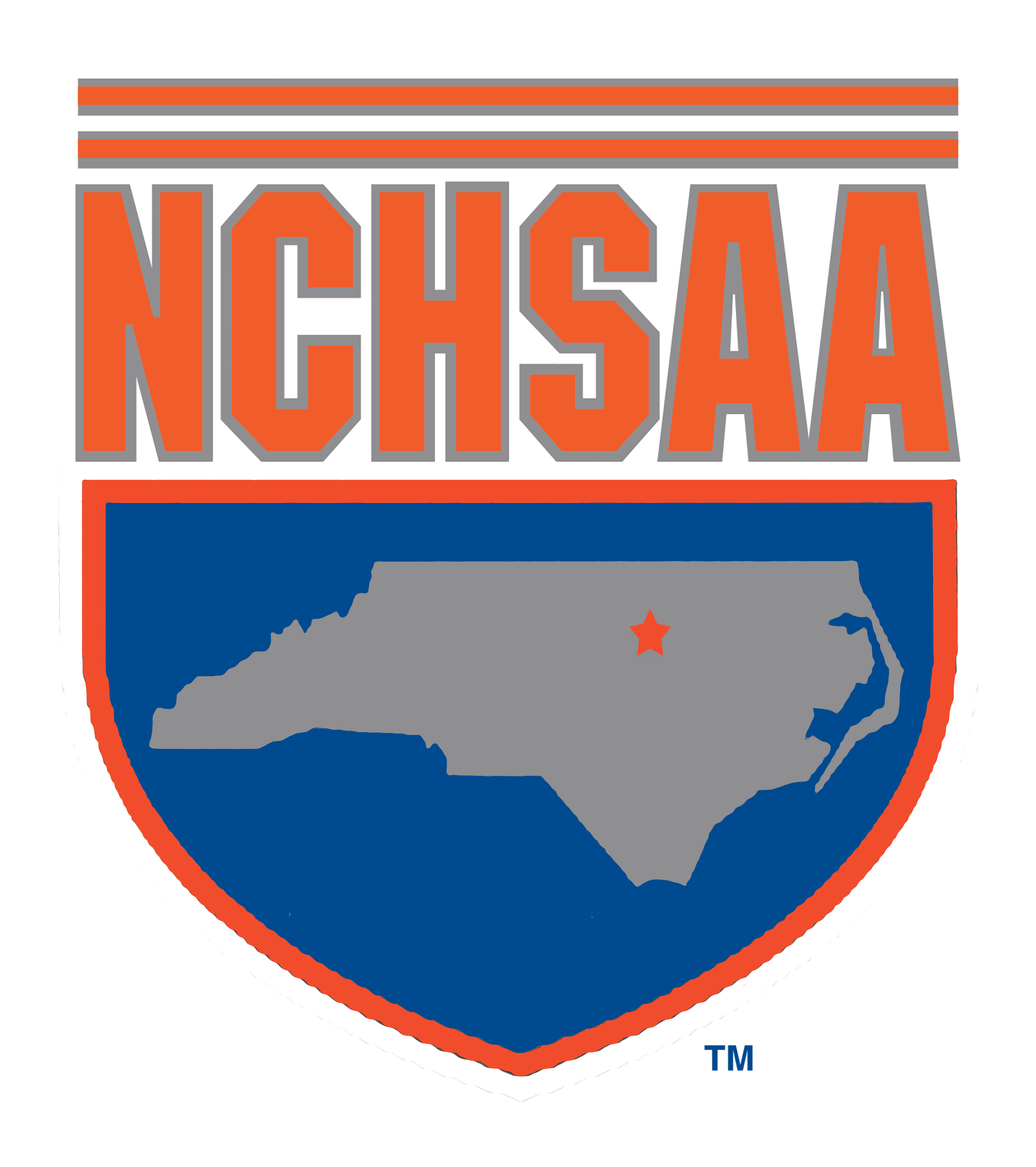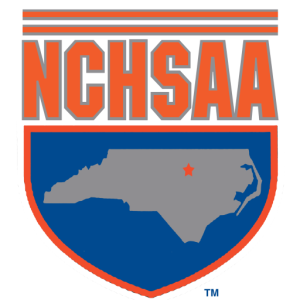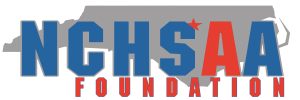FOUR QUESTIONS: A CONVERSATION WITH…MARK DREIBELBIS
Mark Dreibelbis, a native of Charlotte, is the supervisor of officials and associate commissioner of the North Carolina High School Athletic Association.
He came to the NCHSAA in January of 2005 from Appalachian State University, where he had been the associate director of athletics. In addition to his work with the officiating program, Mark is in charge of the NCHSAA’s well-respected Student Services program and has served on a number of National Federation of State High School Associations (NFHS) rules committees.
For many years Mark officiated high school and collegiate basketball and has been a frequent Four Questions guest to help explain high school playing rules in various sports.
What are a couple of the major rule changes that people may notice this year while watching high school basketball?
The biggest one is boxing out the free throw shooter. Any player on a marked lane space can enter the lane on release of the free throw, which was a rule change instituted last year. But, the person entering the lane may not touch or cross the free throw line to box out the free throw shooter. If the player does so, this is a violation and substitute free throw(s) will be awarded, just the same as if they entered the lane too soon. This is only if the free throw is missed…if made, the violation is ignored.
The second part of this new rule is complicated by a potential foul. If the player in the marked lane space boxes out the free throw shooter, crosses the free throw line and displaces the shooter, this will be called a foul. If the free throw is missed, both the violation and foul will be assessed. The lane will be cleared to award the free throw(s) due from the violation. Then the foul will be assessed with the ball at the closest point to where the foul occurred for a throw-in if the team is not in the bonus. If in the bonus, a one-and-one or double bonus free throws will be awarded by rule.
This violation was implemented to protect the free throw shooter, and only that player is allowed in the free throw semi-circle until the free throw contacts the backboard or rim. All other persons not in marked lane spaces during the free throw may not cross the 3-point line or the free throw line extended until the free throw contacts the backboard or rim.
Are there specific points of emphasis that high school officials will be focusing on this year?
Rebounding. The Injury Surveillance Report has identified that many injuries are occurring in basketball in rebounding situations. Emphasis is on displacement and pushing of players, extended arms or elbows impeding the movement of players, and use of the knees or hips to impede player movement. The rules of verticality apply to legal positions on the floor, and these areas of emphasis are to reduce the amount of illegal contact occurring during rebounding situations.
Also, four foul-criteria points were added last year, including placing two hands on an opponent, using an extended arm bar on an opponent, placing and keeping a hand on an opponent, and contacting the opponent more than once with the same or alternating hands. Emphasis was placed on the dribbler/ball handler. This did not include the post player, but the point of emphasis this year is that a player becomes a ball handler when he/she receives the ball…this includes the post player. Contact that impedes the speed, rhythm, balance or movement of a player should be called a foul, and this includes action in the post area.
What kind of advice would you give to those who are just getting started in officiating?
The adage is, “You need to see plays.” Working contests at all levels, getting as much experience as you can, and working with a quality mentor for the mental and coverage aspects of game and court management are all very important.
The most difficult task for a new official is handling situations, including communication with coaches and players and knowing how to apply rule code to specific plays during a game. It can be somewhat overwhelming, based on the speed to the game and the athleticism of the players. Gaining the confidence to effectively handle plays and situations comes with time, experience, rules knowledge, and most importantly, the ability to professionally and positively interact with the players/coaches in performing your duties to enhance the safety and fairness of a contest.
What are some of the steps you have implemented to increase opportunities for teaching and training of officials? We know that you are in regular contact with your officials and regional supervisors; what are some things you do in that regard?
Our regional supervisors get the credit here. We have made a commitment to instruction and development.
Our pre-season clinics (a minimum of six), scrimmages, and summer instructional clinics designed for the high school official concentrate on the teaching aspect of officiating basketball. Annual testing and other mandatory state clinics and Association meetings have helped us establish a consistent training methodology for our officials. The credentials of our regional supervisors are quite impressive, and we are fortunate to have these individuals serve us in a capacity of commitment to excellence and training/development of our officials.


